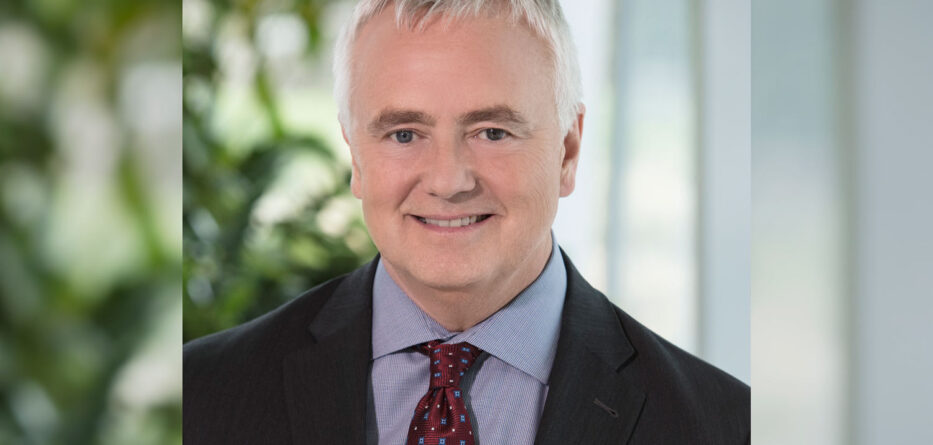One full year has passed since the COVID-19 pandemic started. Now, as Californians wait to be vaccinated, we cannot overlook the fact that COVID-19 continues to claim lives. The current death toll in California surpasses the 55,000 mark. And the sobering reality is that the situation could be even worse if our state is hit by a powerful earthquake during this time of struggle and recovery.
Scientists tell us that the risk of a damaging earthquake happening somewhere in our state is very real. Some of the most notable faults in the San Francisco Bay are the San Andreas, Hayward, and Calaveras faults. These faults are capable of causing a damaging earthquake, such as the magnitude 6.9 Loma Prieta quake in 1989 that killed 63 people, injured 3,757, and caused more than $5.9 billion in damage.
Today, countless homes—our bunkers in this battle against COVID-19, where we are hunkered down and awaiting our turn for a vaccine—might not be strong enough to withstand the next damaging earthquake.
More than 1 million houses in California are particularly vulnerable to damage from earthquake shaking because they were built before 1980, when modern seismic building codes were put in place statewide. Just as senior citizens are more susceptible to COVID-19, older houses that have a crawl space may have weaknesses that can cause them to slide off their foundation when the ground shakes—potentially destroying the house or producing damage that can require several years and hundreds of thousands of dollars to repair. This type of damage happened even in the “moderate” magnitude 6.0 earthquake in Napa in 2014.
Significant damage to a house also means displaced residents, who may need to stay in emergency shelters or hotels, or with family or friends, for months or even years. Or they may need to find other permanent housing altogether. Considering that many Californians don’t have earthquake insurance, and that our state already suffers from a shortage of affordable housing, it could be a long road to financial recovery if the worst were to happen and a family was suddenly forced to try to cover all the costs of rebuilding their lives.
Many people believe the government will bail them out if an earthquake badly damages their home. This is a false hope. Government assistance, if available, is extremely limited. Fortunately for these older, more vulnerable houses, there is a solution: a simple seismic retrofit. For many houses, a basic retrofit that costs between $3,000 and $7,000—and can even be done by a skilled do-it-yourselfer—can help prevent this devastating damage from happening in the first place. The work simply consists of bracing the walls in the house’s crawl space and bolting it to the foundation—a project that can be done in a day or two. Learn more about vulnerable houses and how to strengthen them at www.StrengthenMyHouse.com.
Many communities in California have high concentrations of vulnerable, older homes: More than 80 percent of the housing units in San Francisco County and nearly 75 percent in Los Angeles County were built before 1980. Retrofitting older homes on a large scale in these communities will be necessary to develop “herd immunity”—resulting in the entire community becoming more seismically resilient by shoring up the vulnerable homes throughout.
We cannot stop the next earthquake from happening, nor can we dictate when or where it will strike. But we can “flatten the curve” regarding the amount of heartache and loss that earthquake will produce. Owners of older homes need to consider “vaccinating” their vulnerable home now, before it is too late, by looking into a seismic retrofit. Seismically retrofitting an older house is like the homeowner receiving a COVID-19 vaccine—a retrofit significantly strengthens the immunity of that home to help prevent catastrophic earthquake damage. And unlike the COVID-19 vaccine, no one needs to wait in line to make that happen.
Glenn Pomeroy is CEO of the California Earthquake Authority.
Photo Caption: Glenn Pomeroy, CEO of the California Earthquake Authority. Photo Credit: California Earthquake Authority






